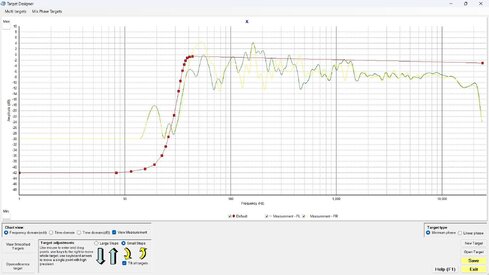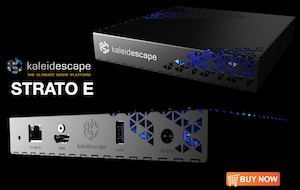Hello
Forgive my inexperience, but I do have some things I'm trying to figure out.
I'm wondering if audiolense has a way to correct for phase issues caused by crossovers. I've used REW, and had to use re-phase to compensate for phase shifts. Does audiolense automatically do this?
Thanks.
Forgive my inexperience, but I do have some things I'm trying to figure out.
I'm wondering if audiolense has a way to correct for phase issues caused by crossovers. I've used REW, and had to use re-phase to compensate for phase shifts. Does audiolense automatically do this?
Thanks.

















